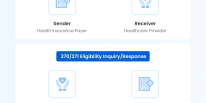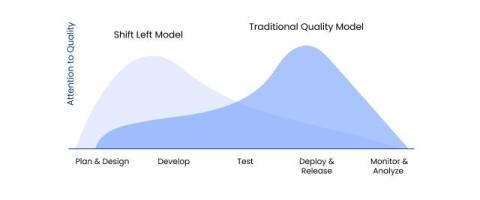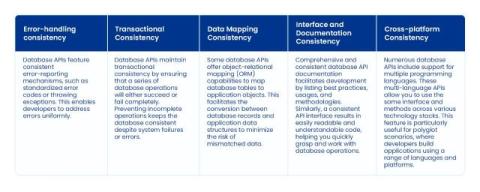HIPAA EDI: Transactions sets in the Healthcare Industry
The Health Insurance Portability and Accountability Act (HIPAA), established in 1996, keeps individual health information private. It introduced HIPAA EDI (Electronic Data Interchange) Standards to secure electronic health data sharing among healthcare providers, insurers, and related entities. Healthcare EDI sets rules for how data should be formatted when electronically exchanged to ensure secure and efficient communication and reduce manual tasks.
















